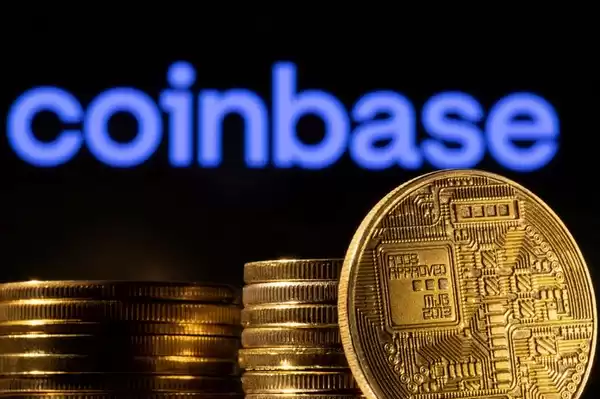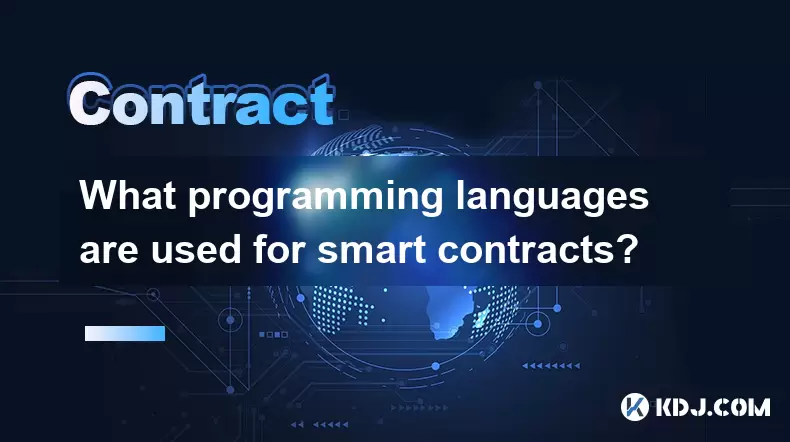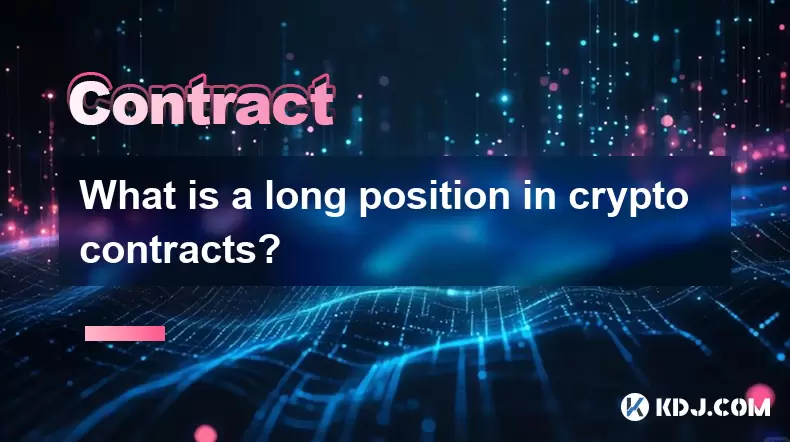-
 Bitcoin
Bitcoin $116500
1.98% -
 Ethereum
Ethereum $3851
6.94% -
 XRP
XRP $3.070
3.95% -
 Tether USDt
Tether USDt $1.000
0.04% -
 BNB
BNB $774.7
1.77% -
 Solana
Solana $171.9
4.66% -
 USDC
USDC $1.000
0.01% -
 Dogecoin
Dogecoin $0.2142
6.71% -
 TRON
TRON $0.3387
1.28% -
 Cardano
Cardano $0.7678
5.61% -
 Sui
Sui $3.747
9.68% -
 Hyperliquid
Hyperliquid $39.16
3.69% -
 Stellar
Stellar $0.4157
6.28% -
 Chainlink
Chainlink $17.93
9.21% -
 Bitcoin Cash
Bitcoin Cash $578.1
3.28% -
 Hedera
Hedera $0.2531
5.60% -
 Ethena USDe
Ethena USDe $1.001
-0.02% -
 Avalanche
Avalanche $22.75
3.82% -
 Litecoin
Litecoin $120.1
3.76% -
 UNUS SED LEO
UNUS SED LEO $8.953
-0.37% -
 Toncoin
Toncoin $3.323
4.76% -
 Shiba Inu
Shiba Inu $0.00001266
4.22% -
 Uniswap
Uniswap $10.13
7.08% -
 Polkadot
Polkadot $3.786
5.09% -
 Dai
Dai $1.000
-0.02% -
 Monero
Monero $273.0
-5.03% -
 Bitget Token
Bitget Token $4.391
1.62% -
 Cronos
Cronos $0.1480
5.45% -
 Pepe
Pepe $0.00001091
5.80% -
 Ethena
Ethena $0.6314
11.93%
Coinbase contract shorting tutorial
On Coinbase Futures, traders can short cryptocurrency futures contracts by following steps involving account funding, futures navigation, contract selection, order placement, margin management, position monitoring, and closing.
Nov 11, 2024 at 08:19 pm

Coinbase Contract Shorting Tutorial: A Comprehensive Guide
Introduction
Contract shorting is an advanced trading strategy that allows traders to profit from the decrease in the price of an asset. On Coinbase, users can short cryptocurrency futures contracts to speculate on price movements. This tutorial will provide a step-by-step guide to shorting cryptocurrency futures on Coinbase, including platform navigation, contract selection, order types, and risk management techniques.
Step 1: Coinbase Account and Account Funding
- Open a Coinbase account or log in to your existing account.
- Verify your identity and complete KYC (Know Your Customer) procedures.
- Fund your Coinbase account with fiat currency or cryptocurrency.
Step 2: Access Coinbase Futures
- Navigate to the "Trade" menu and select "Futures."
- Select the cryptocurrency pair you wish to short (e.g., BTC-USD).
Step 3: Understanding Futures Contracts
- Familiarize yourself with futures contracts and their terms, including the underlying asset, contract expiry date, and contract size.
- Choose a contract that aligns with your preferred leverage and risk tolerance.
Step 4: Shorting a Futures Contract
- Determine the appropriate short order type (e.g., market order, limit order, stop order).
- Enter the contract quantity you wish to short and specify the limit price (if using a limit order).
- Review the order details and confirm the short position.
Step 5: Margin and Leverage
- Understand the concept of margin trading and the leverage available on Coinbase Futures.
- Calculate the margin required for your short position and ensure you have sufficient funds in your account to cover potential losses.
- Use leverage prudently as it can amplify both profits and losses.
Step 6: Monitoring and Managing the Short Position
- Track the performance of your short position against the underlying asset's price movement.
- Utilize stop-loss orders to limit potential losses.
- Consider hedging strategies or reducing position size if necessary.
Step 7: Closing the Short Position
- Decide on an appropriate exit point and determine the best order type to close the position.
- Execute the closing order and secure your profit or loss.
- Review your trading history to identify areas for improvement in your shorting strategy.
Additional Tips for Effective Shorting
- Conduct thorough market research to identify potential shorting opportunities.
- Set realistic profit targets and stop-loss levels.
- Manage your risk and adjust your position size accordingly.
- Use technical analysis tools (e.g., candlestick patterns, moving averages) to support decision-making.
- Regularly review and refine your shorting strategy based on market conditions and performance.
Disclaimer:info@kdj.com
The information provided is not trading advice. kdj.com does not assume any responsibility for any investments made based on the information provided in this article. Cryptocurrencies are highly volatile and it is highly recommended that you invest with caution after thorough research!
If you believe that the content used on this website infringes your copyright, please contact us immediately (info@kdj.com) and we will delete it promptly.
- WiMi, Quantum Computing, and AR Tech: Navigating the Future Today
- 2025-08-07 22:30:12
- BitcoinFi: From Building Blocks to Usable Products – Staking, Lending, and Beyond
- 2025-08-07 22:30:12
- Dogecoin, Crypto, and the 25x Gains Dream: What's Next?
- 2025-08-07 20:50:12
- Dogecoin: A Second Chance for the OG Meme Coin?
- 2025-08-07 20:50:12
- BlockchainFX: Your Choice for Long-Term Crypto Gains?
- 2025-08-07 21:10:12
- Pepe Dollar's Presale Mania: Memecoin Staking and the Crypto Revolution
- 2025-08-07 21:10:12
Related knowledge

What programming languages are used for smart contracts?
Aug 07,2025 at 06:07pm
Understanding Smart Contracts and Their Execution EnvironmentSmart contracts are self-executing programs deployed on blockchain networks that automati...

What is a long position in crypto contracts?
Aug 07,2025 at 06:29pm
Understanding the Concept of a Long Position in Crypto ContractsA long position in crypto contracts refers to a trading strategy where a trader buys a...

Why is my Bitstamp futures position being liquidated?
Jul 23,2025 at 11:08am
Understanding Futures Liquidation on BitstampFutures trading on Bitstamp involves borrowing funds to open leveraged positions, which amplifies both po...

How to report Bitstamp futures for taxes?
Jul 30,2025 at 08:35am
Understanding Bitstamp Futures and Taxable EventsWhen trading Bitstamp futures, it’s essential to recognize that these financial instruments are treat...

Does Bitstamp offer inverse contracts?
Jul 23,2025 at 01:28pm
Understanding Inverse Contracts in Cryptocurrency TradingIn the realm of cryptocurrency derivatives, inverse contracts are a specific type of futures ...

What is the difference between futures and perpetuals on Bitstamp?
Jul 27,2025 at 05:08am
Understanding Futures Contracts on BitstampFutures contracts on Bitstamp are financial derivatives that allow traders to speculate on the future price...

What programming languages are used for smart contracts?
Aug 07,2025 at 06:07pm
Understanding Smart Contracts and Their Execution EnvironmentSmart contracts are self-executing programs deployed on blockchain networks that automati...

What is a long position in crypto contracts?
Aug 07,2025 at 06:29pm
Understanding the Concept of a Long Position in Crypto ContractsA long position in crypto contracts refers to a trading strategy where a trader buys a...

Why is my Bitstamp futures position being liquidated?
Jul 23,2025 at 11:08am
Understanding Futures Liquidation on BitstampFutures trading on Bitstamp involves borrowing funds to open leveraged positions, which amplifies both po...

How to report Bitstamp futures for taxes?
Jul 30,2025 at 08:35am
Understanding Bitstamp Futures and Taxable EventsWhen trading Bitstamp futures, it’s essential to recognize that these financial instruments are treat...

Does Bitstamp offer inverse contracts?
Jul 23,2025 at 01:28pm
Understanding Inverse Contracts in Cryptocurrency TradingIn the realm of cryptocurrency derivatives, inverse contracts are a specific type of futures ...

What is the difference between futures and perpetuals on Bitstamp?
Jul 27,2025 at 05:08am
Understanding Futures Contracts on BitstampFutures contracts on Bitstamp are financial derivatives that allow traders to speculate on the future price...
See all articles

























































































